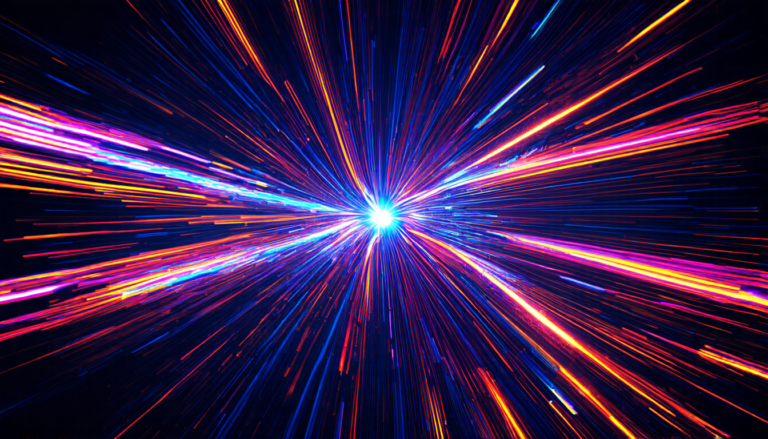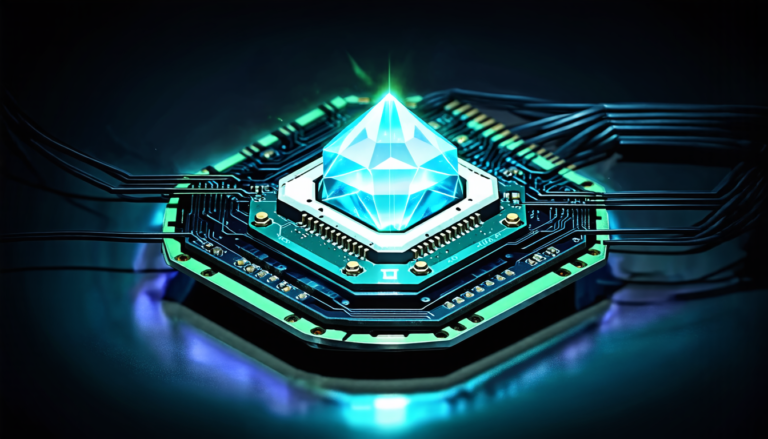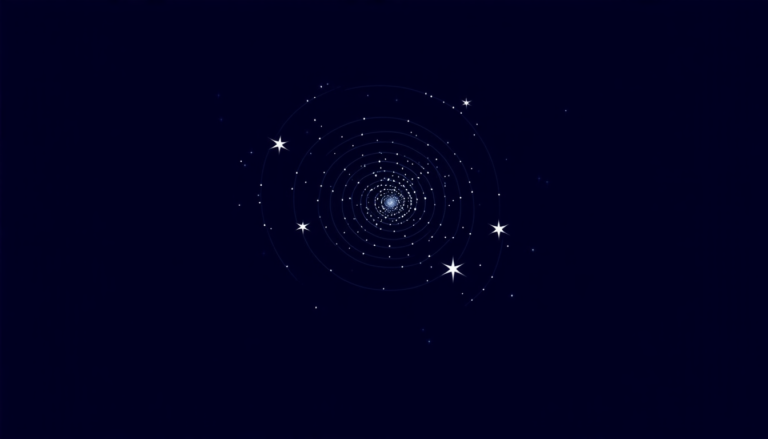Saturday 19 April 2025
The quest for a deeper understanding of heavy-ion collisions has led scientists to develop a unified algorithm that can efficiently calculate multi-particle correlations between azimuthal angle and transverse momentum. This achievement is a significant milestone in the field, as it allows researchers to probe the properties of the Quark-Gluon Plasma (QGP), a state of matter thought to have existed in the early universe.
Heavy-ion collisions involve smashing atomic nuclei together at incredibly high energies, creating a hot and dense plasma that expands rapidly. By analyzing the patterns of particles produced in these collisions, scientists can gain insights into the properties of this QGP. One important aspect is the anisotropic flow of particles, which is sensitive to the initial conditions of the collision.
The new algorithm, developed by researchers from the Niels Bohr Institute, uses a recursive approach to calculate the correlations between azimuthal angle and transverse momentum. This allows for more precise measurements of the anisotropic flow coefficients, which are essential for understanding the QGP’s properties.
To validate their method, the team used two widely adopted transport models, AMPT and HIJING, to simulate heavy-ion collisions at various energies. They then applied their algorithm to calculate the correlations in these simulated collisions and compared the results with those obtained using traditional methods.
The findings demonstrate that the new algorithm is more efficient and accurate than previous approaches, particularly for higher-order correlations. This improvement is crucial for extracting meaningful information from the complex patterns of particle production in heavy-ion collisions.
Furthermore, the researchers applied their algorithm to real data from the Large Hadron Collider (LHC) and Relativistic Heavy Ion Collider (RHIC), finding good agreement between theory and experiment. This success paves the way for more detailed studies of the QGP’s properties and behavior.
The development of this unified algorithm is a significant step forward in understanding heavy-ion collisions, which are crucial for advancing our knowledge of nuclear physics and the early universe. By providing a more efficient and accurate way to analyze these complex phenomena, scientists can gain deeper insights into the fundamental laws of nature and shed light on the mysteries of the cosmos.
Cite this article: “Unlocking the Secrets of Heavy-Ion Collisions: A New Approach to Understanding Flow Phenomena”, The Science Archive, 2025.
Heavy-Ion Collisions, Quark-Gluon Plasma, Qgp, Azimuthal Angle, Transverse Momentum, Anisotropic Flow, Particle Correlations, Transport Models, Ampt, Hijing







